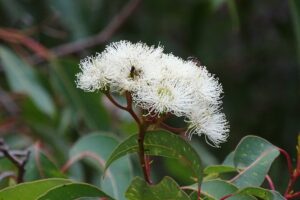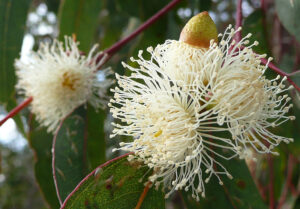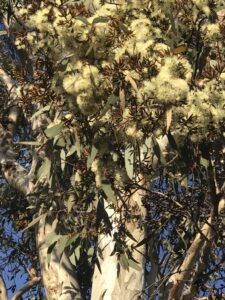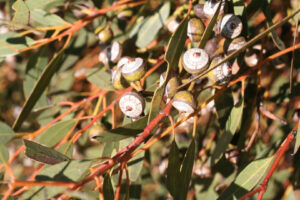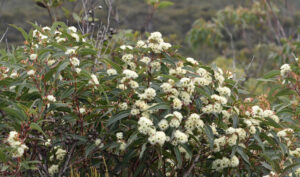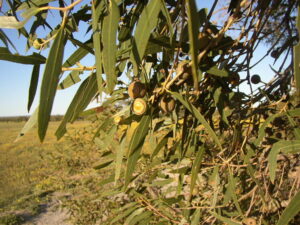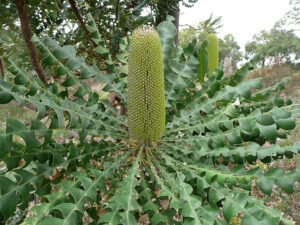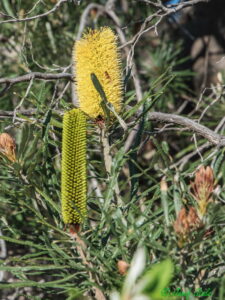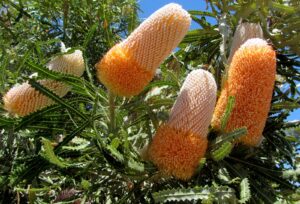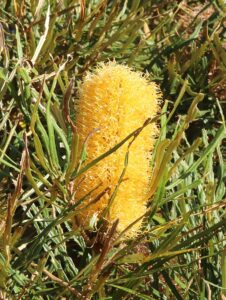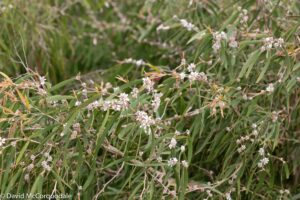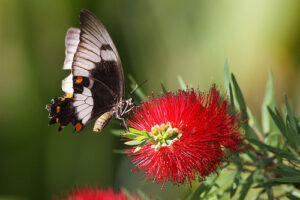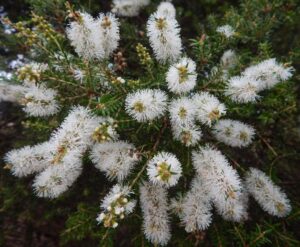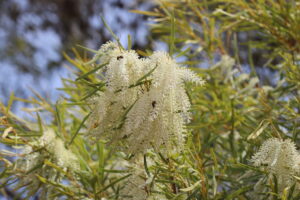Grey Butcherbird
Kwadalang sing a harmonious chattering song in pairs or family groups.
Noongar Names: Kwadalang
Scientific Name: Cracticus torquatus
Conservation Status: Common
Threats: Cat predation, rodenticide
Will they visit?: Grey Butcherbird frequently visit home gardens
Natural Distribution: Common and widespread throughout the South West and Perth region
- Grey Butchbird – (C) Georgina Steytler
- ‘Grey Butcherbird (C)Con Boekel 2014 birdlifephotography.org.au’
- ‘Grey Butcherbird (C)Diane Hebb 2016 birdlifephotography.org.au’
- ‘Grey Butcherbird (C)Philip Karstadt 2019 birdlifephotography.org.au’
- ‘Grey Butcherbird (C)William Betts 2017 birdlifephotography.org.au’ 2
Habitat at a Glance
See Habitat Guide for more detail
Shelter: Nests in forks of tree branches
Diet: Frogs, lizards, mice, baby birds, and other small animals
Water: Bird baths and frog ponds
ReWild Benefit: Pest control
Habitat Guide - Shelter
Habitat Guide - Food and Water
ReWild Benefits
Grey Butcherbirds help to control pest species within the ecosystem. Visit BirdLife Australia to learn more about our native birds. If you have seen one in your neighbourhood or around the home you can record your sighting on Birdata and help scientists monitor their population.







